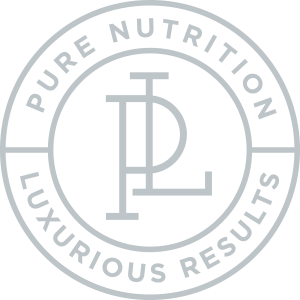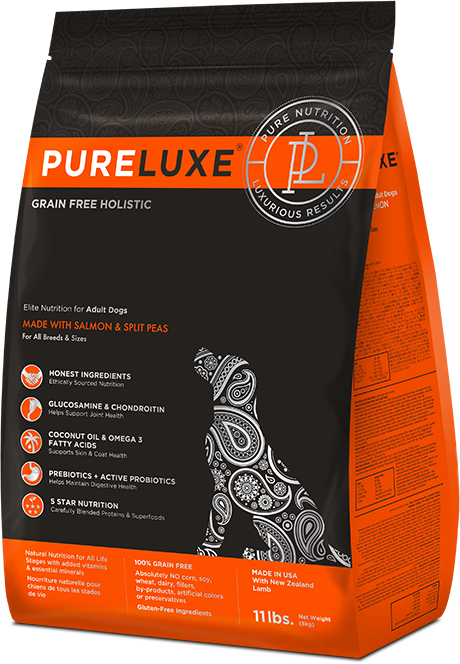The allure of "human-grade" pet food draws many pet parents in, promisi
The allure of “human-grade” pet food draws many pet parents in, promising superior nutrition and a happier furball. But is it all marketing magic, or a genuine benefit for your canine or feline companion? The truth is that there isn’t any legal definition of “human-grade” ingredients in pet food. That being said, if you hear a pet food manufacturer using the term, here’s what to consider:
Pros:
- Potentially higher quality: Human-grade standards can imply stricter regulations and better-sourced ingredients, potentially benefiting sensitive pets.
- Transparency: Knowing exactly what’s in your pet’s bowl fosters trust and empowers you to make informed choices.
- Appealing ingredients: Fresh meats, vegetables, and fruits might entice picky eaters and offer wider nutrient variety.
Cons:
- Misleading label: “Human-grade” lacks a legal definition for pet food. Quality can vary greatly between brands.
- Pricey proposition: Human-grade ingredients often translate to higher costs, squeezing budgets and limiting accessibility.
- Nutritional needs differ: Human food standards and feline/canine nutritional requirements are distinct. Consult your vet to ensure it meets their specific needs.
The Verdict:
Human-grade ingredients can be a promising concept, but proceed with caution:
- Do your research: Investigate brands with veterinary backing and certifications.
- Prioritize needs: Ensure the food meets your pet’s nutritional requirements, not just human standards.
- Don’t overhype: “Human-grade” doesn’t guarantee magic; always consult your vet for the purrfect/perfect diet.
Remember:
- Consult your vet to understand your pet’s unique needs and any potential risks.
- Consider all factors, including budget and ingredient quality, before making a decision.
- Ultimately, the goal is to find a balanced diet that nourishes your furry friend and fits your lifestyle.




















